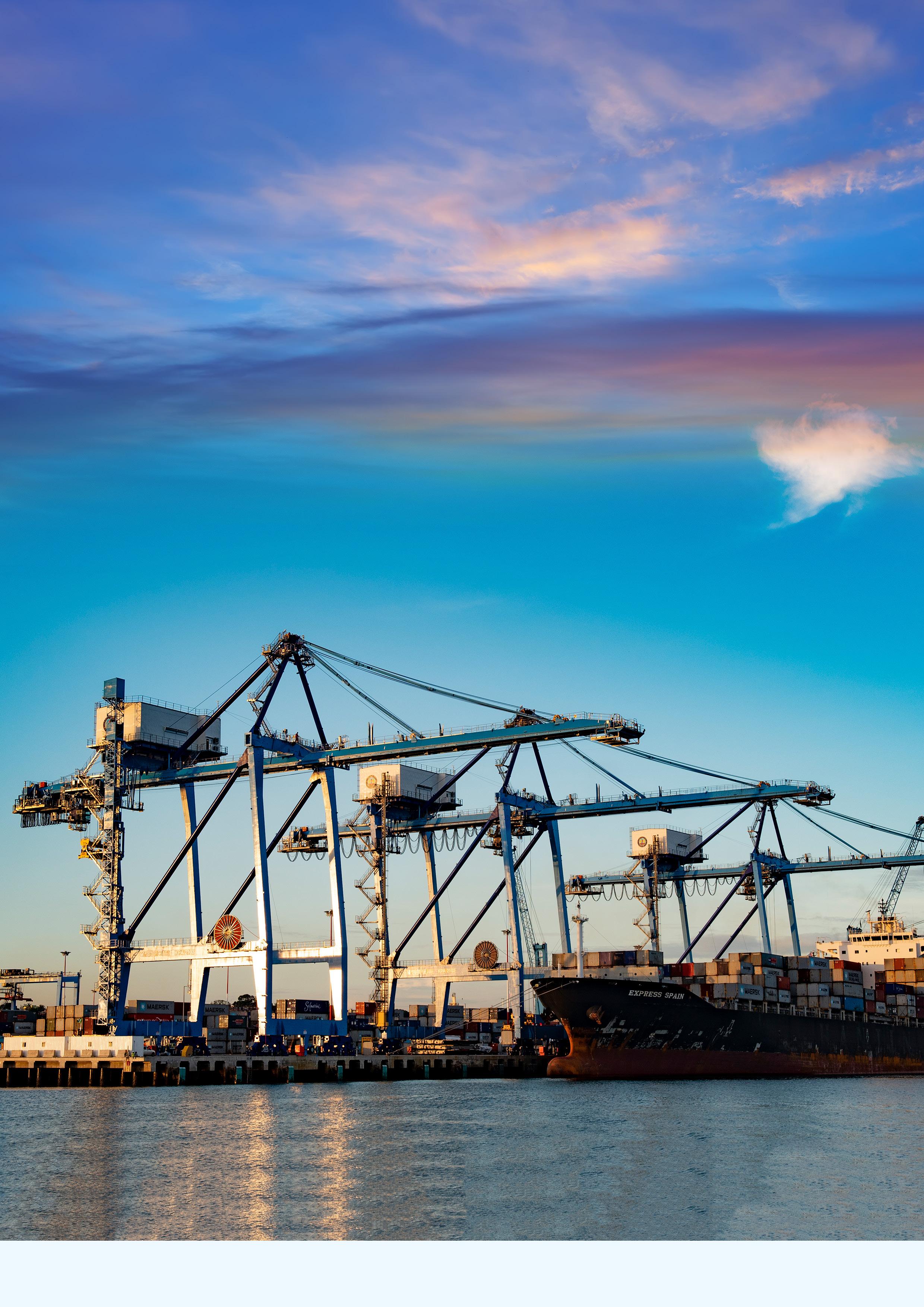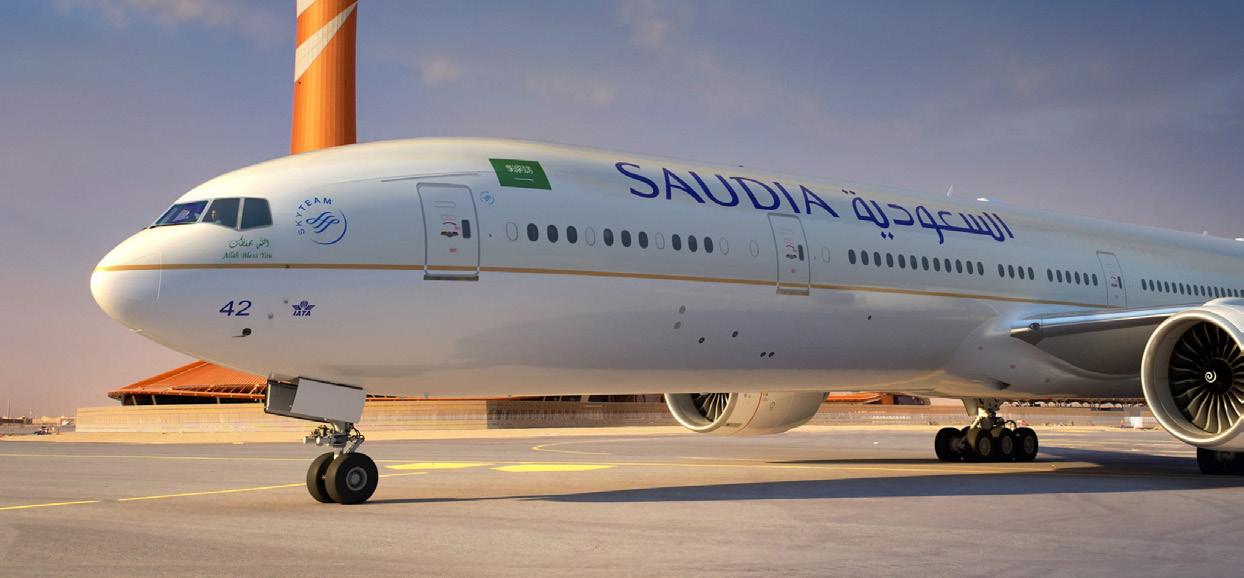
1 minute read
Sub-Saharan Africa’s debt must be addressed
Public debt in the sub-Saharan region has risen to levels not seen in decades, and now stands at a staggering 60% of gross domestic product (GDP) for the region after being at 30% a decade ago, according to an International Monetary Fund Africa department analysis.
Repaying this debt has also become much costlier.
Advertisement
The region’s ratio of interest payments to revenue, a key metric to assess debt servicing capacity and predict the risk of a fiscal crisis, has more than doubled since the early 2010s and is now close to four times the ratio in advanced economies.
A year ago, over half the low-income countries in sub-Saharan Africa were assessed by the IMF to be at high risk or already in debt distress.
These trends have sparked concerns of a looming debt crisis in the region that will curtail economic growth and employment and affect trading capability.
The IMF noted that most sub-Saharan African countries adopted fiscal policies focused excessively on short-term goals and were not guided by a clear medium-term strategy. This lack of anchoring has resulted in frequent breaches of fiscal rules and ever-increasing public debt levels.
“A more strategic approach to fiscal policy would be preferable by setting explicit debt targets that integrate key policy trade-offs between debt sustainability and development objectives, rather than focusing narrowly on short-term fiscal deficits,” the IMF said.
Furthermore, countries must prepare to undertake fiscal adjustments to bring debt back to a safer level, even if it is by two to three percent of GDP a year.
Subscriber Customer Service
The Africa Logistics is a monthly publication and circulated to professionals in the logistics industry, members of relevant associations, government bodies and other personnel in the logistics and infrastructure industries as well as suppliers in Eastern Africa. The editor welcomes articles and photographs for consideration. Material may not be reproduced without prior permission from the publisher.
Making potentially painful decisions for the general and business public to reduce the debt also requires the government to actively reach out to all parties to outline its plans, the benefits, and where sacrifices might be needed so that more revenue can be raised internally. This might be revised corporate, individual or Value Added Tax tables, reducing or removing tax deductions or exemptions and other areas where the authorities might seek to increase revenues.
DISCLAIMER: The publisher does not accept responsibility for the accuracy or authenticity of advertisements or contributions contained in the journal. Views expressed by contributors are not necessarily those of the publisher.
© All rights reserved.
part





30
24
22
OPINION Air transport industry turns to digitalization to boost baggage management


The African logistics hub: Strategies for global connectivity


34
29
South Africa: Trade relations with China grow stronger Maersk unveils tech warehouse in Cameroon FlyNamibia bullish as it joins IATA











